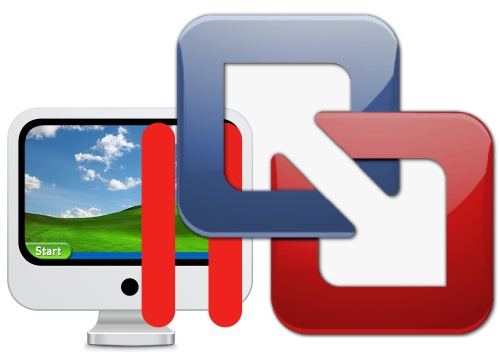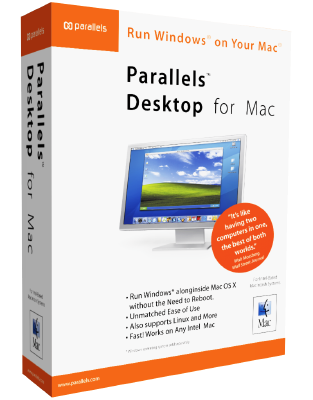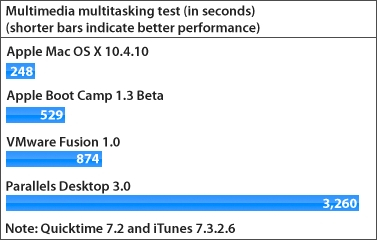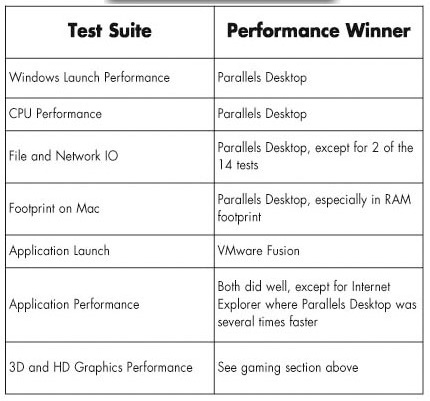Parallels and VMware War, yesterday and today

Some time ago we had published details of Parallels Desktop 6 for Mac that caused a lot of controversy around the three products. Parallels Desktop and VMware Fusion have always been direct competitors to each other, and the free VirtualBox stood alone, if we don’t dwell on it in detail, let's look at the confrontational history, so to speak.
Immediately make a reservation, the base product Apple Boot Camp can not be regarded as a complete virtualization product for several reasons, primarily due to the lack of simultaneous loading of two operating systems, as well as the need to restart the computer to change the OS.
')

So, it all started in 2006, when a product under the name Parallels Desktop 2 entered the empty Mac virtualization market, which immediately aroused the interest and even the love of users, no wonder no one could do without Windows then. But the pilot version had both pluses and minuses, which were improved and corrected accordingly, version 2.5 and 3.0 appeared almost immediately, I will note version 3.0, and there is one product on the market, though its loneliness was not long.

In 2007, VMware released Fusion 1.0, which turned out to be more interesting than an existing product, as confirmed by tests carried out by CNET, which showed that Fusion is more productive than Parallels Desktop. On the eight nuclear MacPro 2.66 GHz under Mac OS X 10.4.10, the newcomer was almost two times faster than the competitor in the test with Adobe Photoshop CS3, and the multimedia test showed a fantastic result more than 3 times superior to Parallels, in the wake of Fusion's success. is being finalized to version 2.0.1.

It would seem that in such a situation Parallels Desktop needs to draw the right conclusions and start working on creating a radically new solution that should be faster and more convenient, more stable, and possibly cheaper than before, all these tasks turned out not to immediately solve succeeded. At the beginning of 2008, Parallels Desktop 4.0 of the first builds reappeared, which is not distinguished by either speed, convenience or, most importantly, stability! The fault was recognized by the Adaptive Hypervisor technology, which drew off several dozen percent of the market from the company, but, as it turned out, provided an opportunity for rehabilitation.
In March 2009, MacTech magazine conducted a performance test of VMware Fusion 2.0.1 and Parallels Desktop 4.0 for Mac (build 3540), which showed that, on average, the notorious Adaptive Hypervisor is still faster than the upgraded solution used in Fusion.

At the beginning of next 2010, the same MacTech brought the following versions face-to-face respectively, respectively Fusion 3.0 and Parallels Desktop 5, then Parallels won an unconditional victory - loading Windows, processor performance, networking, games, graphics, applications, everything is much faster It worked in version 5 of the program, and now on the manufacturer's website version 6 is already sold! Which, it seems, can only compete with its previous version, since VMware instead of a decent program response simply announced a dumping program for parallelizing Mac users, well, we hope that this program is only a program for a short delay and the presentation of VMware Fusion 4 not far away.
In preparing the materials used:
1. CNET test from 2007
2. MacTech test from 2009
3. MacTech test from 2010
4. Article AppleInsider and your thoughts.
Source: https://habr.com/ru/post/105758/
All Articles